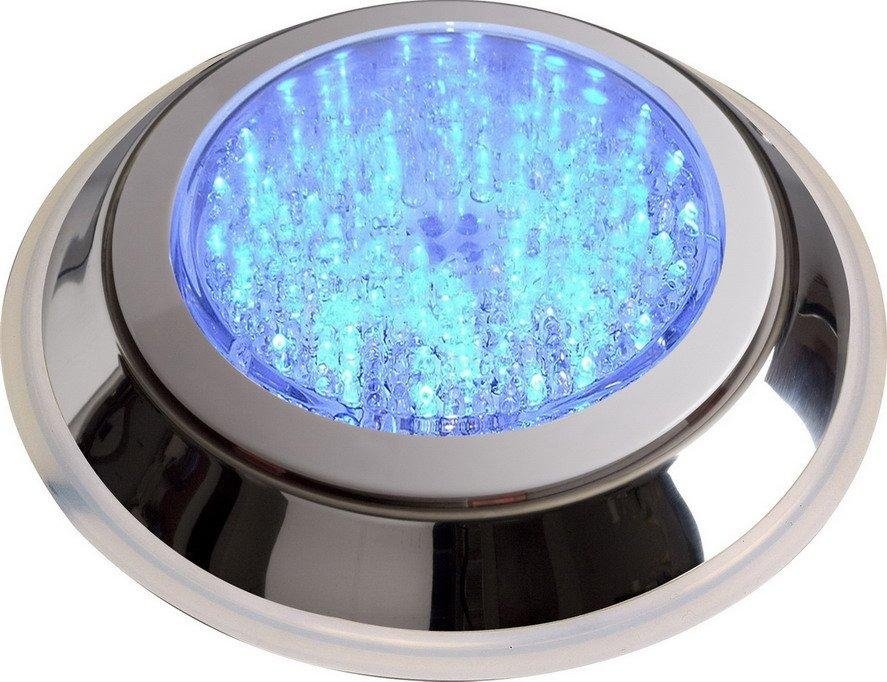

value you get at start up.Ībout 20yr ago I changed the big noisy (*) contactor for the 400V/3 phase 1kW pool pump to a 4 pole relay similar to this one: because of the noise it made. Some datasheets even specify motor load with FLA and LRA (locked rotor amp, the max. I found value’s between 15A and 30A for a typical 10A relay. Posted in Arduino Hacks, Wireless Hacks Tagged ESP8266, mqtt, optoisolator, pool Post navigationĪ relay with its contacts can take some inrush current. If you are interested in controlling the pool chemistry, we’ve seen that before, too. If you have an older system, you might like to see more of a pool system rebuild. A little configuration into Home Automation rounds out the project. However, the real value to the video is the easy way to interface to the existing controller. does a nice job of explaining some basic concepts like using opto-isolators. The controller makes it available, but it isn’t simple to read, so the project just reads the raw sensor voltage from the existing thermistor and computes the temperature. Another sensor reads the water temperature. Using the Arduino pulse input function makes it easy to sense if the LED is on, off, or blinking.

It isn’t going to let you monitor pump currents or anything exotic, but it is a simple place to gain access. The LED reacts differently depending on the pool’s current mode, so connecting there not only gives you control but also allows you to provide some limited status. The remote has a few buttons and LED for status. The electrical connections for these aren’t quite standard, but they are all very similar, so you have a good chance of reproducing this for your setup assuming you have a connection for one of these wired remotes. The project relies on the connection for a wired “spa-side remote” that most modern pool systems support. However, it isn’t as specialized as you might think. Naturally, the instructions are a bit specific to the Pentair system he has. You can see the video description of the project below. For $20, added MQTT control and monitoring to his pool using an ESP8266. In 3 years, the transmitter had burned out ($300 to replace) and he decided he had enough. It wasn’t even WiFi, just a simple RF remote. If your pool isn’t new enough to do that already, you can get a range of add-on accessories. You can even get them that connect to your home automation system. Now you have digital controllers and spa jets and heaters. It used to be you had a pump and if you were lucky it had a mechanical timer switch on it.


 0 kommentar(er)
0 kommentar(er)
